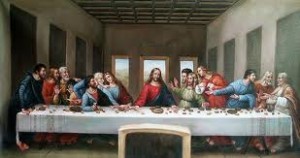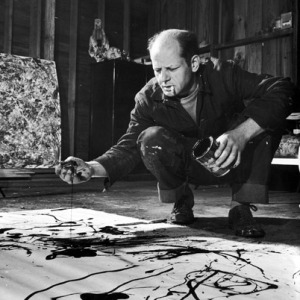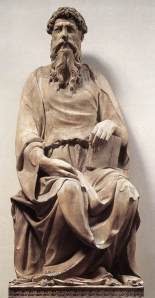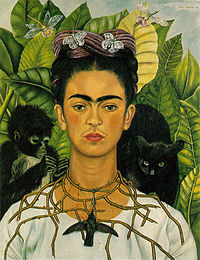Art history dates back as far as mankind: the cavemen paintings that adorned their humble cave dwellings offer great insight for modern man in the journey to learn more about the history of our species. This is still true as we create new art in the 21st century for our descendants to view for centuries to come. Art is a great peephole inside the human psyche past, present and future.
Non-verbal techniques of communication, including art, can speak many more volumes than the printed or spoken word. Art paintings and sculptures stand the test of time because they are a physical remnant as opposed to speeches and ideas expressed between individuals. Art is an effective, concrete tool for looking at the socio-cultural norms of a time period.
Art anthropologists believe that art should be looked on as a meaningful piece that is applied to a larger picture; that picture is the environment and time period in which it was created. Throughout history, man has recognized the need to preserve art. This is true even in primitive times. We look to painting and other forms of art for a glimpse of fashion, pastimes and trends. There is an underlying social message that goes with art.
Cultural traits such as behaviors, beliefs and symbols are all expressed on the canvas or whatever medium the artist prefers. Michelangelo’s David was a masterpiece from an artist’s perspective. It was also a powerful depiction of perfection in physical beauty. This coincides with the common theme of the Italian Renaissance that beauty is the ultimate aesthetic.
 dolphe Monet and Louise Justine Aubree Monet. Although he was baptized as Oscar-Claude his parents called him Oscar. In 1845, they moved to Le Havre in Normandy. His father wanted Monet to continue the family grocery business but the latter wanted to become an artist.
dolphe Monet and Louise Justine Aubree Monet. Although he was baptized as Oscar-Claude his parents called him Oscar. In 1845, they moved to Le Havre in Normandy. His father wanted Monet to continue the family grocery business but the latter wanted to become an artist.
 5. Statues of Liberty – New York, U.S.A.
5. Statues of Liberty – New York, U.S.A.




